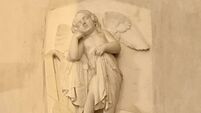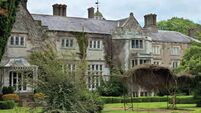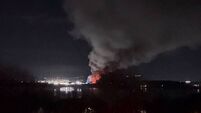Shooting Skellig — 150 years of photography on Michael’s Rock
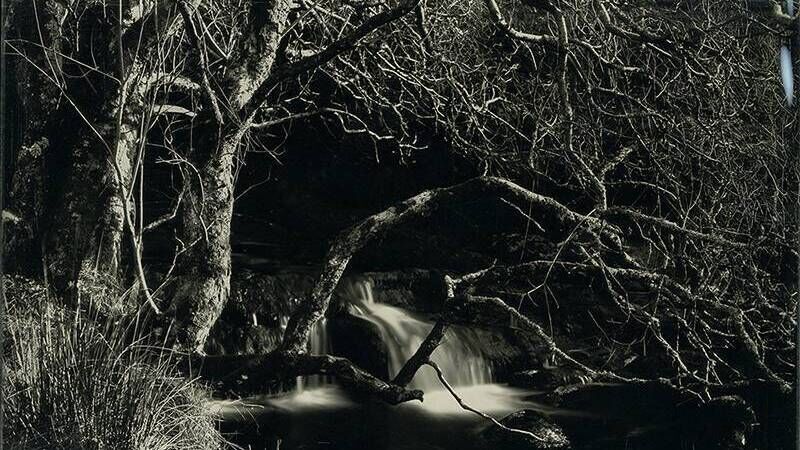
Skellig provided J. J. Abrams with the perfect location for the birthplace of the Jedi. The challenge of filming Star Wars on a steep rock 12km out in the Atlantic has added enormously to the mystique of a place with a long tradition of pilgrims scaling its twin peaks.
One hundred and fifty years before Abrams landed on Skellig, Edwin Wyndham-Quin noticed a monastic complex on the first ordnance survey map of the rock and included it in his study of pagan forts, Christian hermitages and mediaeval churches.
William Mercer photographed each site between 1866 and 1869 and the discovery in April 2023 of his print of “St Michael’s Church and Cell” provides an opportunity to revisit an adventure in photography that surpasses Abrams’ determination to film on the rock.
This is the earliest surviving photograph of Skellig. Although little is known about Mercer, Wyndham-Quin, 3rd Earl of Dunraven, is famed as a historian and antiquarian. Margaret Stokes brought his Notes on Irish Architecture to print after his death in 1871 and it remains a milestone in the development of Irish archaeology.
It is rarely acknowledged as a major innovation in photographic publishing even though the two volumes include 125 of Mercer’s photographs, each reproduced with a carbon print process that guaranteed high-quality images that do not fade. Stokes filed some originals and printer’s proofs and these are held in the Royal Irish Academy.
HISTORY HUB
If you are interested in this article then no doubt you will enjoy exploring the various history collections and content in our history hub. Check it out HERE and happy reading
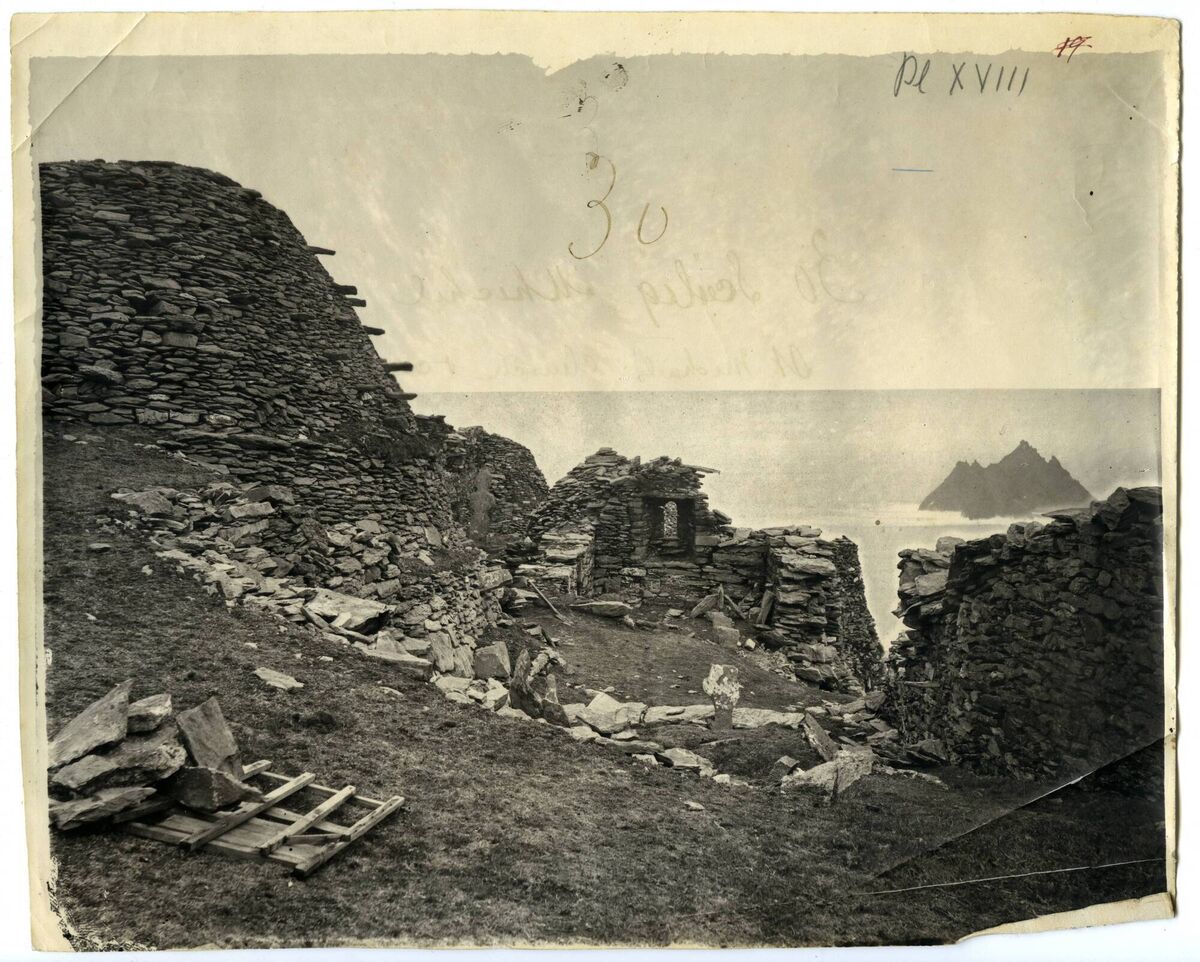
Mercer used a large wooden camera mounted on a heavy tripod. Plate glass negatives had to be coated in collodion, dipped in a chemical that sensitised them to light, inserted into the camera and quickly exposed while wet.
This required a mobile darkroom that added to the difficulty of taking photographs in places like Skellig. Indeed, some say that the Wyndham-Quin’s fieldwork exacerbated his ill-health and contributed to his early death in 1871.
The introduction of mass-produced “dry” plates allowed for lighter and more mobile cameras and, in 1890, Alfred Cort Haddon and Andrew Francis Dixon used this technology to recreate many of the photographs Mercer took in the Aran Islands and Skellig.
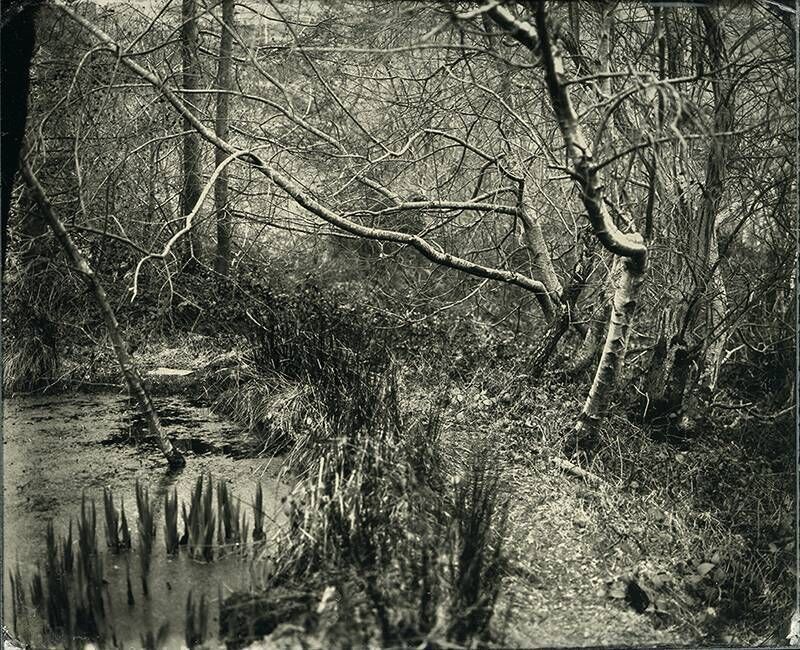
The two projects will be brought together in September when a newly digitised copy of “St Michael’s Church and Cell” is exhibited in the Royal Anthropological Institute in London, illustrating how Mercer influenced Haddon’s radical experiment in photo-ethnography in the Aran Islands.
This exhibition coincides with a remarkable revival in analogue photography. The “wet” plate process Mercer used survived in the print industry well into the 20th century and is still practiced by contemporary photographers.
Irish photographer Monika Fabijanczyk describes “working with wet plate as the purest form of photography craft.” 150 years on from Mercer, the force is as strong as ever in photography.
Read More
- Ciaran Walsh is a curator and historian of anthropology. Haddon and the Aran Islands is being curated with Andrei Nacu and opens in the Royal Anthropological Institute on 22 September 2023.



